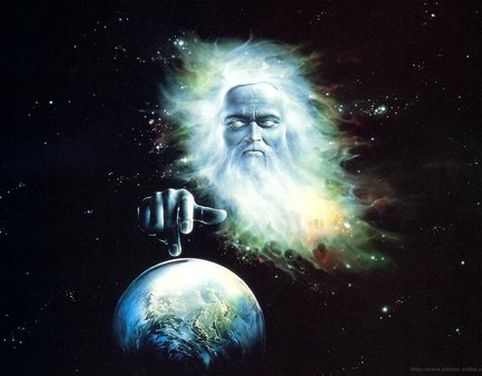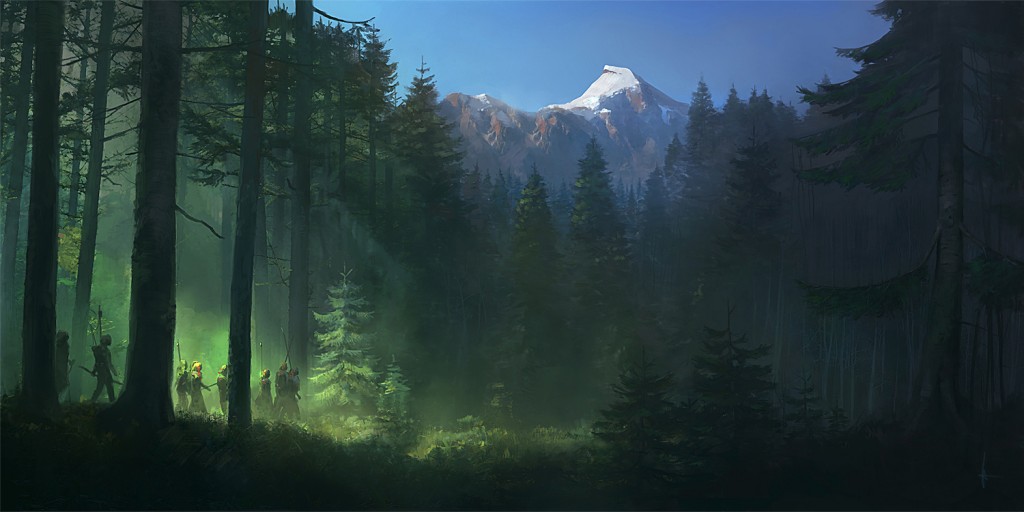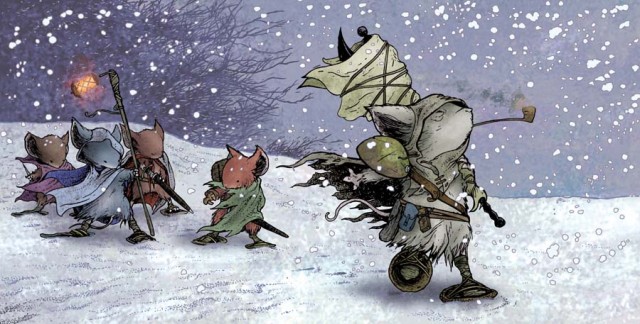In the Ancient Lands, there are five main humanoid races that make up most of civilization in the setting, as well as five minor ones who live at the periphery in much smaller populations. This number doesn’t seem very low, but when you start counting monster races like orcs and goblins, a great number of settings have several dozens of intelligent humanoid peoples, with some even well exceeding 50. And once you also include other intelligent and mostly people-like looking spirits, demons, and undead, the numbers are getting much higher than even that very quickly. So with the Ancient Lands setting, I decided to really keep the numbers as low as I can get them while still including all the archetypes I like. Which actually wasn’t as difficult as I expected, since a lot of classic fantasy creatures are just very slightly different variations of the same idea. Merging trolls, ogres, and hill giants back togther takes no effort at all, and the result of fusing dwarves, halflings, gnomes, goblins, and faeries into a single creature actually got me a very interesting and fresh result.
Main Humanoid Races
Lizardmen: The Lizardmen are the dominant race of the Southern Jungles and Islands, with smaller isolated groups being found on islands and in marshes as far north as the Burning Mountains. They are on average a head taller than humans or elves and often weight twice as much, but some populations are of much more slender build. While not particularly fast or agile on land, they are very good swimers and divers and most often make their homes directly at the water. As the other races are concerned, lizardmen show few emotions or individual personalty and seem generally somewhat dull, but in reality they are not any less intelligent. The cultures of the lizardmen are among the oldest in the Ancient Land, with many of their realms predating even the earliest elven kingdoms. However, the people of most major cities consider the lizardmen to be stuck in the past and having reached the limit of their abilities. While many of the outlying tribes do indeed have no writing or barely any metal, the major cities hidden deeper in the jungles are just as advanced as any elven kingdoms.
Elves: The elves of the Ancient Lands are similiar in height to humans but tend towards more slender stature, with slightly pointed ears and large eyes. They can live well over 300 years, but a great number of them only reaches half that age due to disease, accident, or war. Elves have been living in the massive forests of the north for a very long time, but their oldest major settlements go back only 2,000 years. Most of their large cities in existance today are just over 400 years old, quite young compared to the ancient centers of lizardmen civilization. The elves of the North are often called wood elves, while a smaller group that lives in the Southern Jungles with the lizardmen is known as dark elves. Wood elves have brown skin and dark brown to black hair, while dark elf skin is ash gray and their hair ranges in shades from light gray to white and pale blond. Light hair colors in wood elves and humans almost almost indicate some dark elven ancestry. Elves are more closely related to humans than to any other humanoid people of the Ancient Lands and children of mixed heiritage are not unusual.
Humans: Until just a few centuries ago, humans were very rare in the Ancient Lands. Only two small isolated populations exist in the Far North and the Southern Islands, and they are so different in appearance that for a long time few people were aware that they were of the same race. Humans became one of the major humanoid people in the Ancient Land when elves started to trade with the lands far to the west and hired local human mercenaries to guard their caravans from hostile elven clans on the way back home to the coast. Eventually this practice led to a mass migration of human clans from the west, which are collectively known as the Vandren. A second, much smaller group of the same human people had migrated north a few centuries earlier and settled down in the Witchfens for unknown reasons. Only in recent years, with some Vandren traveling north along the coast from their new home in the Grasslands, have members of these two groups encountered each other again, and they generally don’t consider each other kin.
Continue reading “Humanoids of the Ancient Lands”



